I'm
Ariel
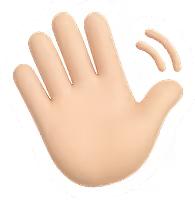
an
expert
product
designer
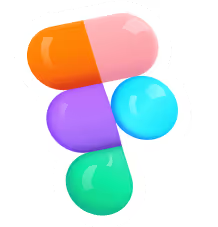
simplifying
complexity
&
solving
problems
through
desgin
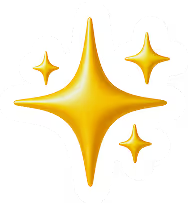





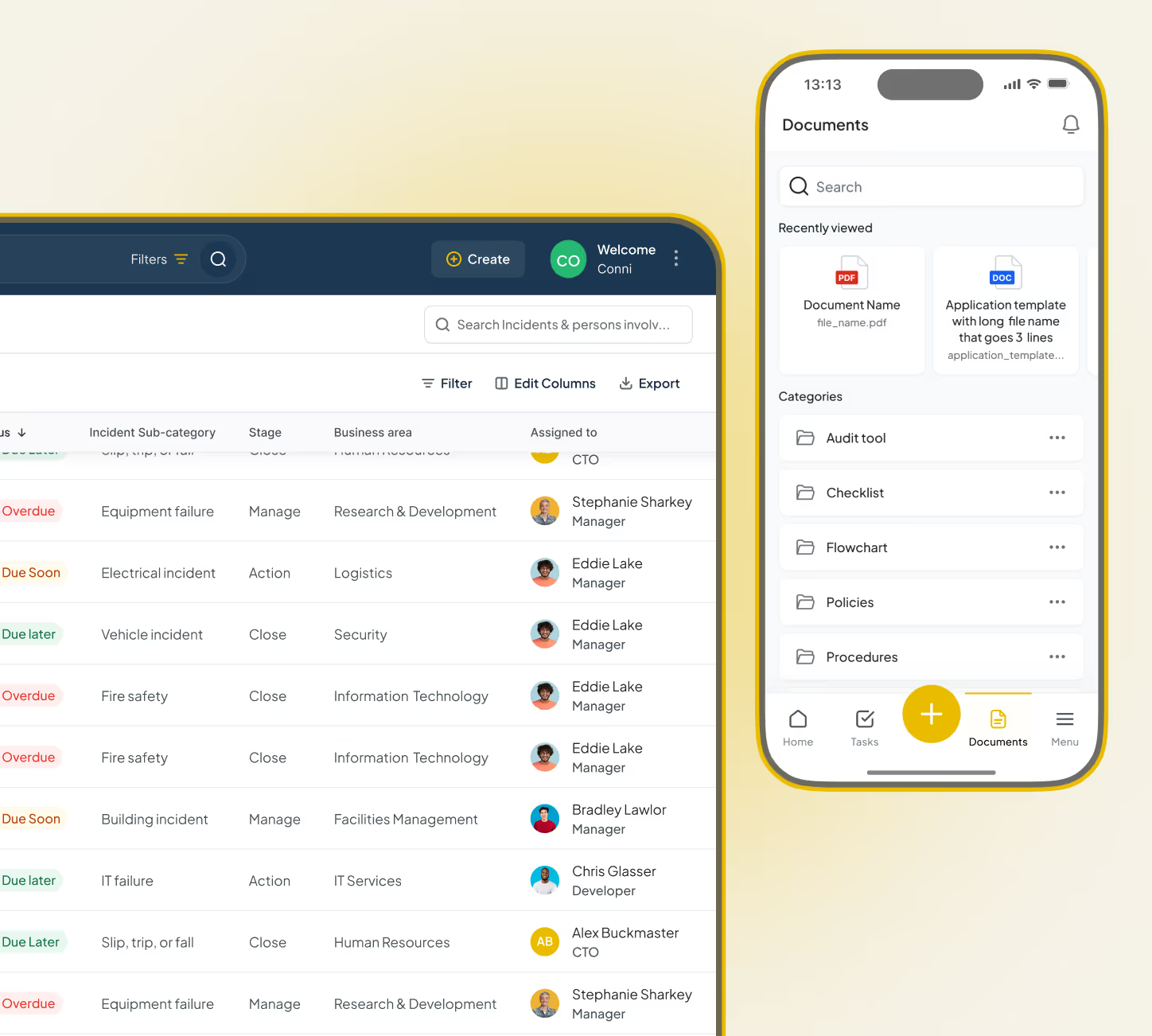

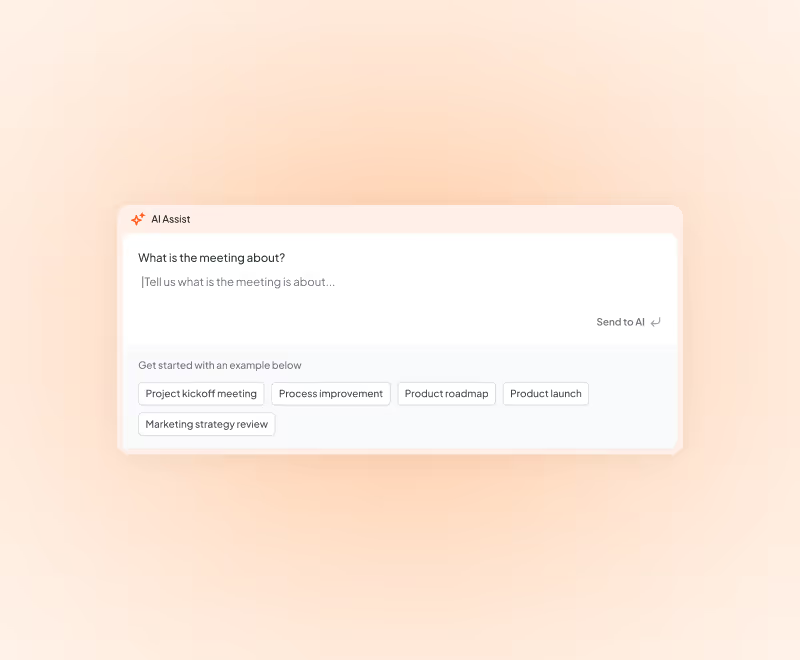

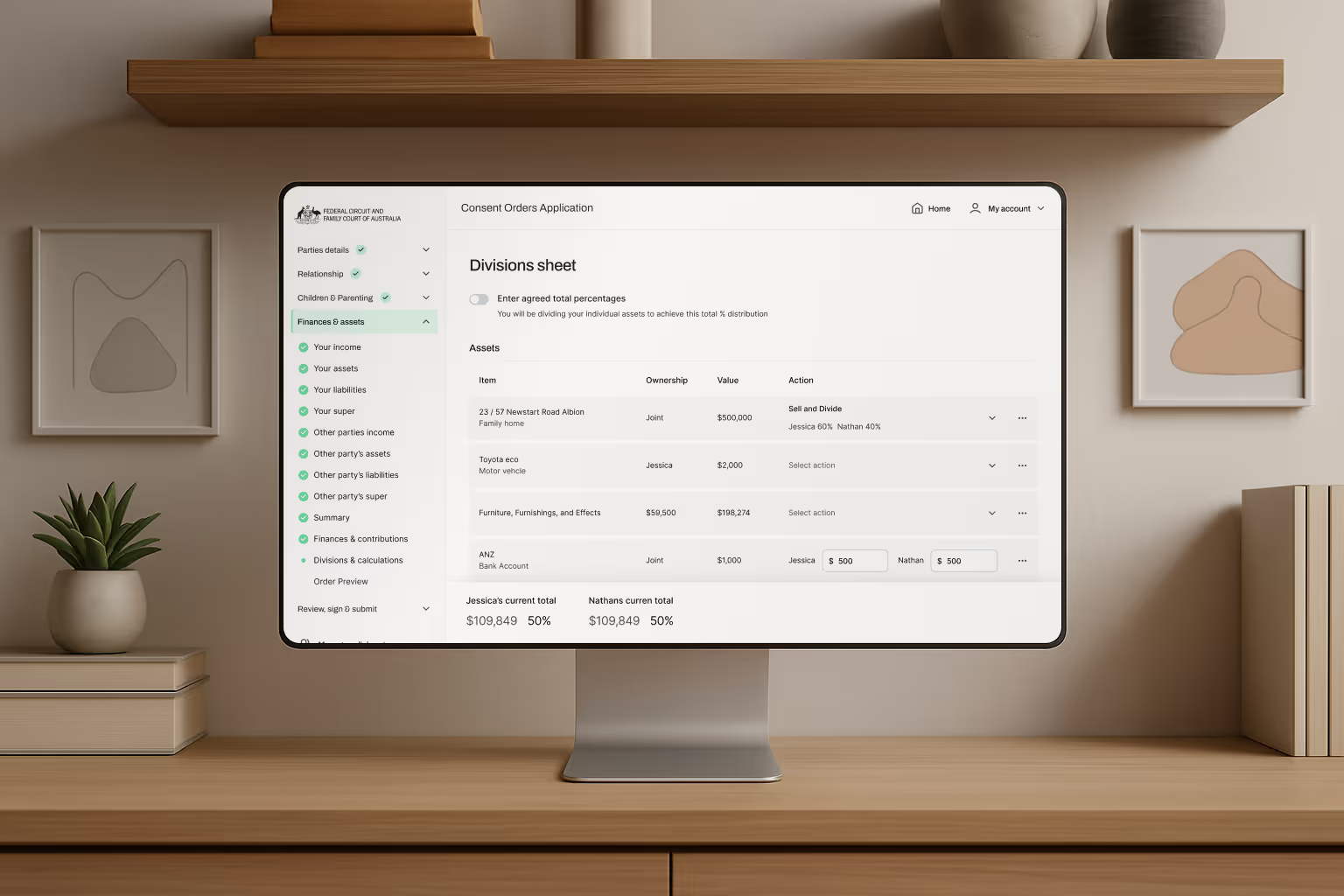

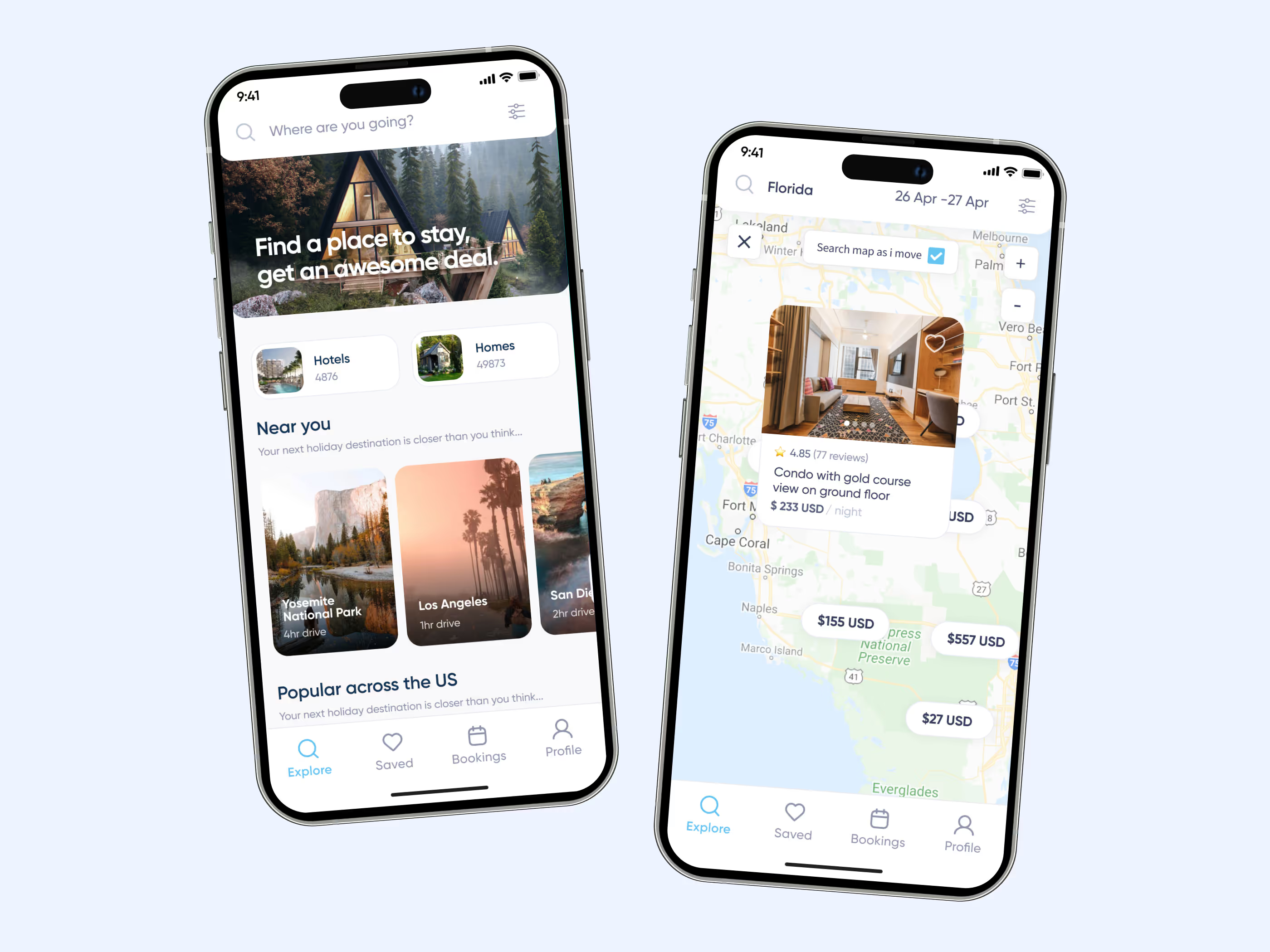





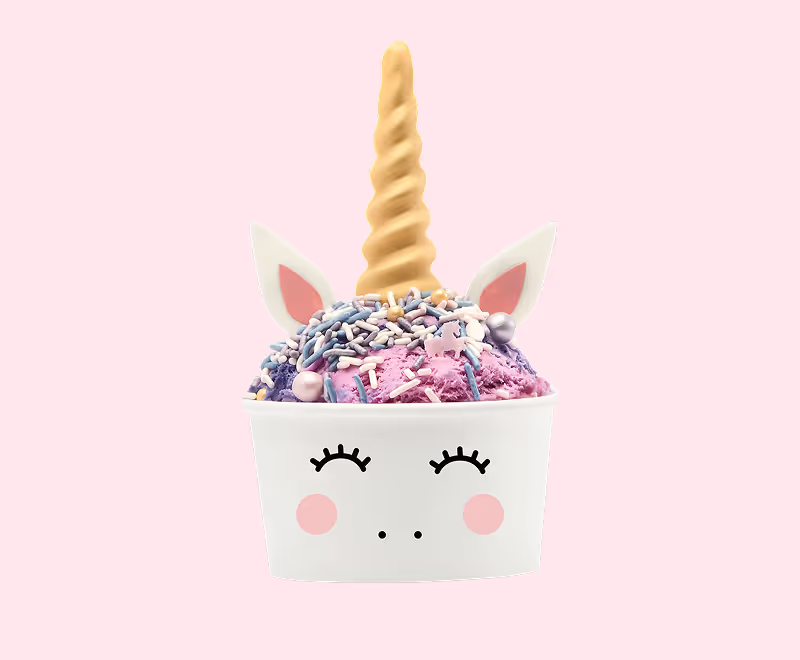



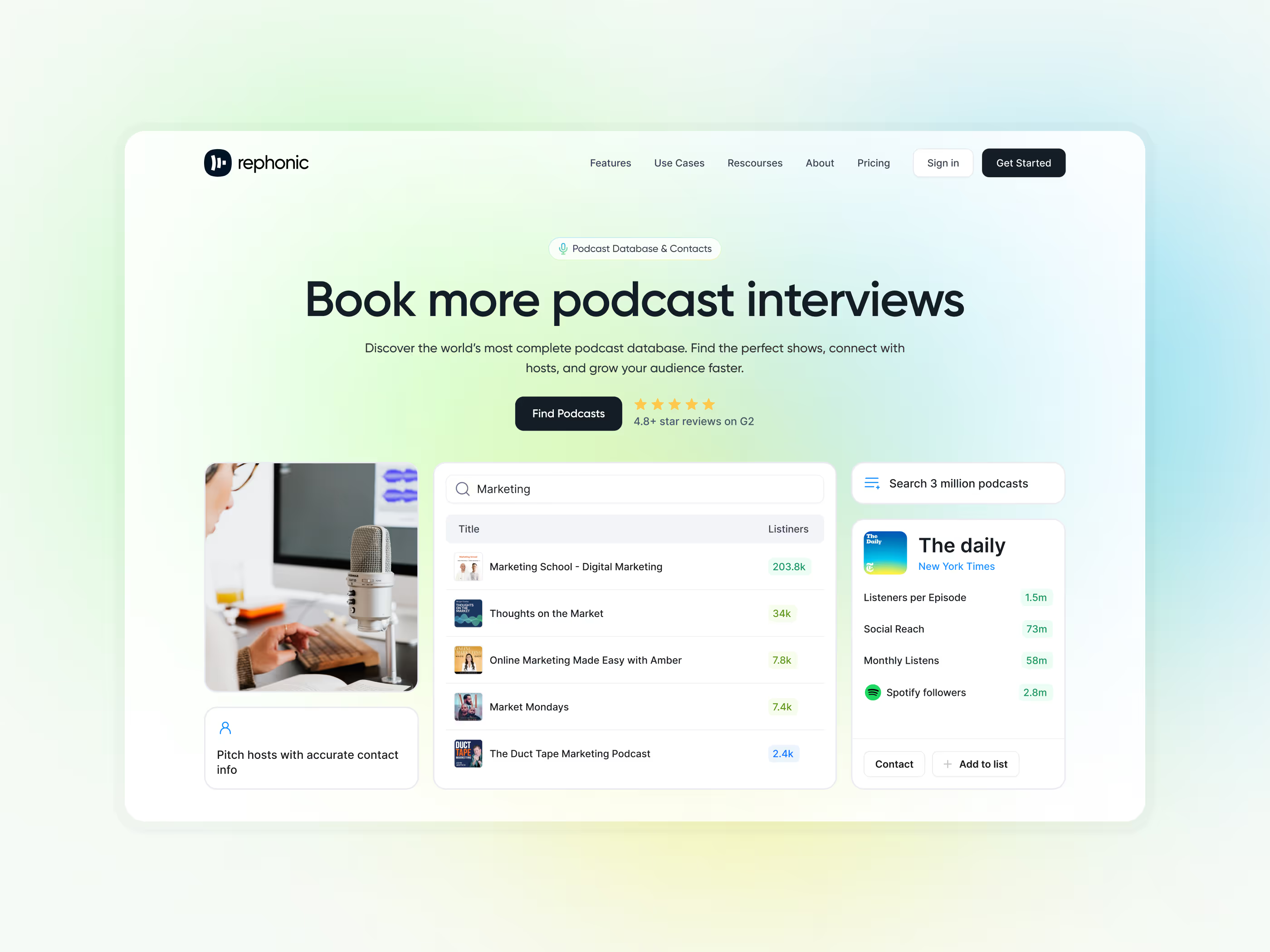

My UX process entirely depends on the product, its purpose and value, user needs, business needs, available data, and the commonality of the product type to leverage existing patterns and conventions. Based on these factors, I construct a UX process catered specifically to the product. If there is an existing product, I begin with a UX audit of the current experience and review any existing user feedback data. The level of depth in this step also depends on budget and resources. Additionally, I may map out data and user journeys to visualize interactions and identify critical touchpoints. This holistic and adaptable approach ensures that the final product is user-centered, functional, and aligned with business objectives.
I was drawn to UX/UI design because it merges technology, usability, and aesthetics. Designing digital solutions that are not only visually appealing but also functional is incredibly rewarding. It's fascinating to see how design influences user behavior and helps them achieve their goals. Every design element, like adding shadows to a button, plays a crucial role in enhancing the user experience. Additionally, I am great at problem-solving and making the complex simple, which allows me to create intuitive and seamless user experiences.
For design and prototyping, I primarily use Figma, which is essential for all my design needs. For brainstorming, data collection, organization, and information architecture, FigJam is my go-to tool. When building websites, I rely on Webflow for its powerful and flexible web design capabilities.For business management tasks like time tracking, contract generation, and invoicing, I use Fiverr Workspace (formerly known as And.co). For creating logos, Adobe Illustrator is my preferred software, while Photoshop is indispensable for crafting detailed mockups. Additionally, I use Canva to create design templates specifically tailored for my clients, enabling them to maintain brand consistency effortlessly. Sublime Text is used for coding, and Apple iCal for managing my calendar. To stay organized with tasks, I use the Superlist app and Notion for documentation and organization. For communication, I rely on Slack and WhatsApp for chat functionalities. Bear serves as my primary note-taking app, and IconJar is an excellent resource for organizing icons.
My greatest superpower is constant evolution — I’m always learning, observing, and improving on my past work. Every project sharpens my craft, and I know I can approach the next one with even more clarity and precision.
I have a unique ability to simplify and solve complex problems, quickly understanding systems and translating them into intuitive experiences. With over a decade of hands-on design experience across products, brands, and industries, I can rapidly identify effective solutions and adapt them to the specific needs of each project.
This blend of curiosity, problem-solving, and experience allows me to design with both vision and precision — delivering solutions that are not only creative, but scalable, practical, and impactful.
